|
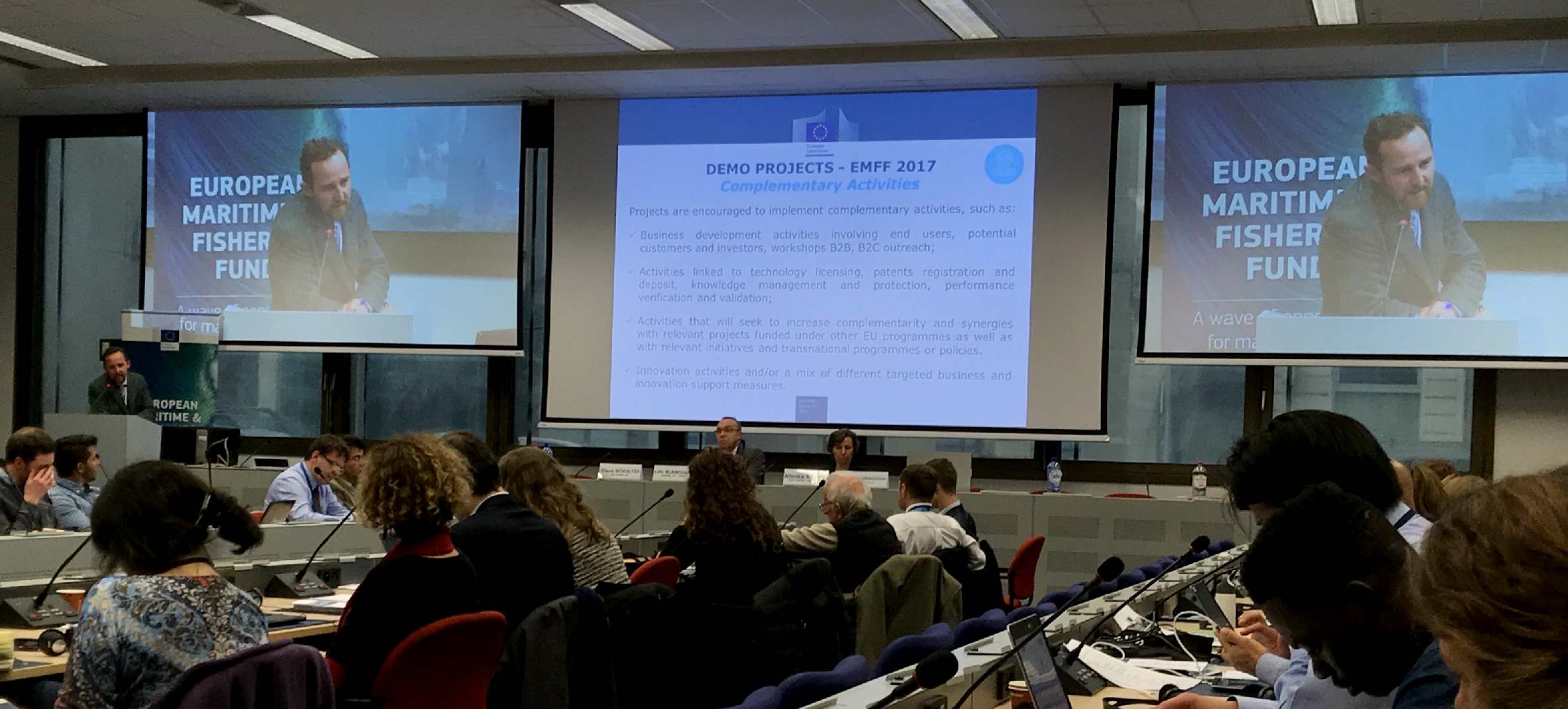
BRUSSELS
9 NOV 2017 MARINE LITTER LATEST: Claus Schultze from the DG MARE
maritime innovation and marine knowledge & investment section of the
European Union is seen here giving a passionate talk on marine litter to a
packed house of some 247 delegates that, the present EMFF call was a pilot
action and that it was up to the stakeholders represented by those in the
audience, to provide feedback. In this speech it was acknowledged that
desperately needed innovation "can only happen if we invest."
The EU was taking this action in the hope of bridging the "financing
gap," what he described as the "valley of death." The focus
was on drivers and innovation.
We could not agree with the speaker more and thank the EMFF for putting
marine litter on their agenda. Our
man in Brussels asked the question about Brexit
and how that might affect any UK involvement as to project proposals. The
reply was that UK based businesses and organizations would have to leave
any EU funded project - meaning that without any assurances as to research
continuity, it is very risky spending time forming a consortium involving
other European countries if you are based in the UK - where you will be
cut out of your own proposal. It may be better spending time relocating
your organization or looking for funding outside of the EU.
This brings us back to crowd
funding and charitable, or philanthropic donations. Iffy, at best. The
ocean is a free dumping ground, that few people and fewer governments care
about.
WHAT
IS BLUE
GROWTH?
Blue Growth is the long term strategy to support sustainable growth in the marine and maritime sectors as a whole. Seas and oceans are drivers for the European economy and have great potential for
innovation and growth.
Ocean conservation is a United
Nations sustainability development goal as per SDG14,
where eliminating hunger is an interrelated object under SDG2.
The 'blue' economy represents roughly 5.4 million jobs and generates a gross added value of almost €500 billion a year. However, further growth is possible in a number of areas which are highlighted within the strategy.
The EU’s Blue Growth agenda for economic growth and employment has identified five priority areas for future creation of growth and employment, i.e. ocean
renewable
energy, aquaculture, maritime and coastal tourism, exploitation and mining of marine mineral resources and blue biotechnology. For most of these sectors, the magnitude and scope of environmental impacts are highly uncertain and partly unknown. Seas At Risk is therefore advocating a precautionary approach that respects the constraints to growth that are set by the EU's Good Environmental Status 2020 goal.
Australia's
Blue Economy Challenge shares similar objectives.
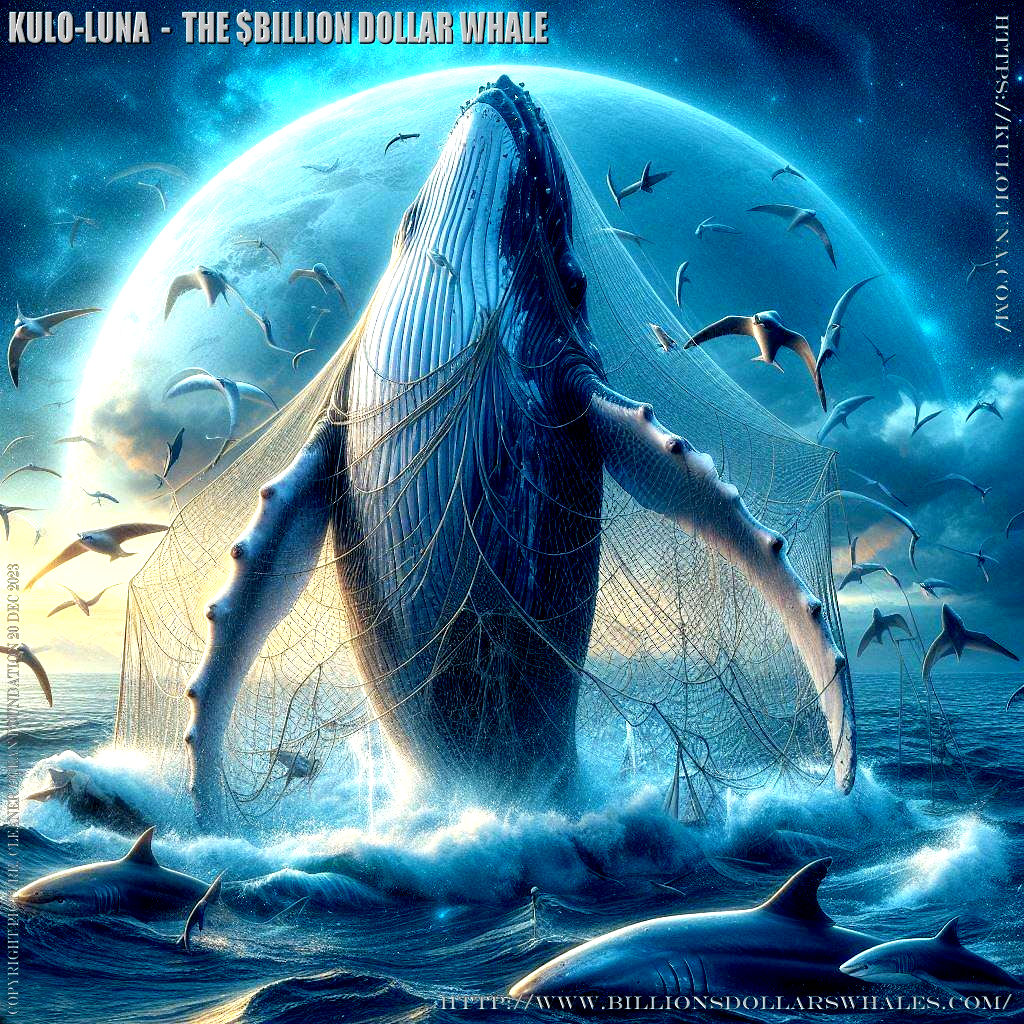
Help
us to get ocean literacy in front of millions of people on TV and in
films. According to the Chatbots, Kulo-Luna is a blockbuster movie
franchise in the making. If you have any say in movie investments with a
penchant for the sea. Please contact Cleaner Ocean Foundation.
WHAT IS THE BLUE ECONOMY?
The individual sectors of the blue economy are interdependent. They rely on common skills and shared infrastructure such as ports and
electricity distribution networks. They depend on others using the sea sustainably.
Arguably,
blue growth includes peacekeeping, as in Blue
Peace. The Naval element of policing the oceans and seas.
If we count all economic activities that depend on the sea, then the EU's blue
economy represents 5.4 million jobs and a gross added value of just under €500 billion per
year 2. In all, 75% of Europe’s external trade and 37% of trade within the EU4 is seaborne. Much of this activity is concentrated around Europe's coasts, but not all. Some landlocked countries host very successful manufacturers of marine
equipment.
The sea and the coasts are drivers of the economy. Because of their outward-looking geography, ports and coastal communities have traditionally been centres for new ideas and innovation. In addition to this traditional propensity for innovation, three new factors have now come into play.
– First, there has been rapid technological progress in working offshore in
ever deeper waters. Robotics, video-surveillance and
submersible technology are now routinely packaged into machinery for operations that were not feasible ten years ago.
– Second, we are increasingly aware that land and freshwater are finite resources. Further clearing of forests or draining of wetland will deprive future generations of the benefits they provide. We need to look how the 71% of the
planet that is ocean can deliver human necessities such as food and energy in a way that is more sustainable. Meeting environmental targets can also be a source of innovation and growth.
– Third, the need to reduce greenhouse gas emissions has not only driven the deployment of offshore renewable energy installations, but has also provided a further impetus for energy saving and an additional reason to favour seaborne transport over land transport due to its lower emissions per tonne-kilometre. There is significant potential to reduce these emissions which account for about 3% of the total greenhouse gas emissions by further improving the
energy efficiency of
ships. To make this even more attractive, we need to improve the
efficiency of ports, to streamline the service - and this includes making
security more effective and less time consuming.
This has opened up an opportunity for blue growth – an initiative to harness the untapped potential of Europe's oceans, seas and coasts for jobs and growth.
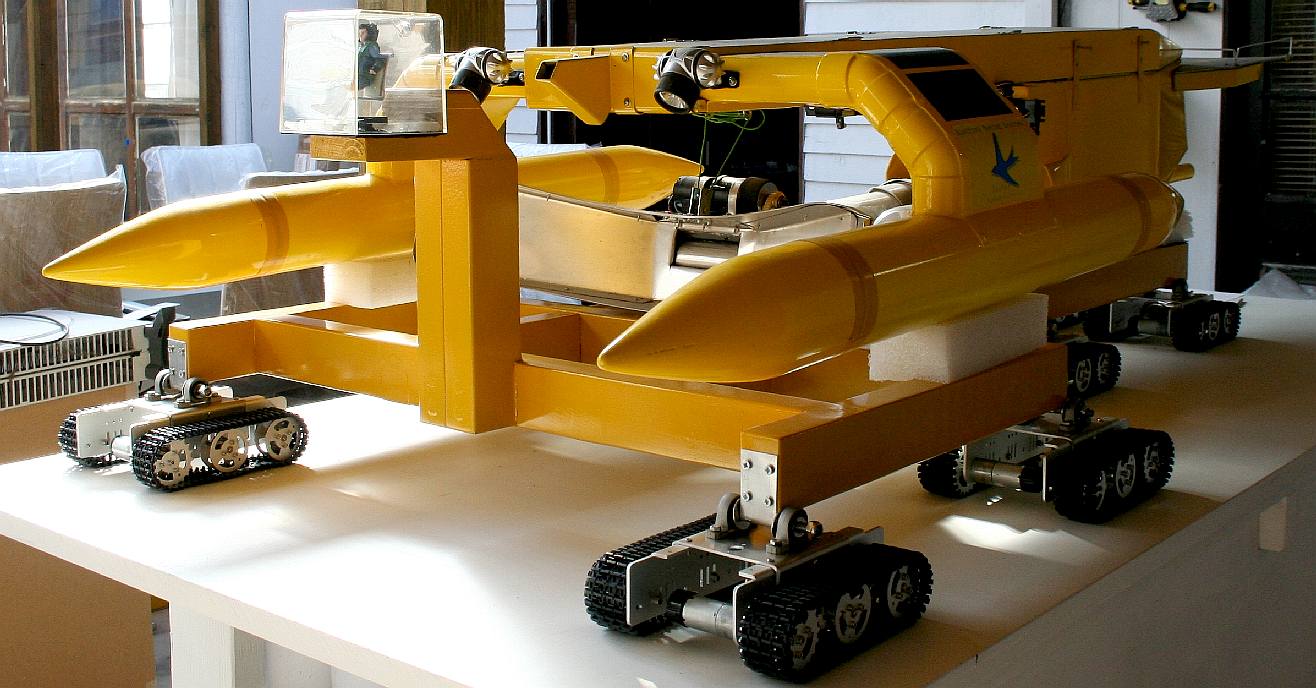
OCEAN
CLEANING RIG - The SeaVax ocean (plastic) cleaning vessel is seen here
on an AmphiMax beach launcher. With this rig it is possible to launch and
recover (service) a SeaVax (fleet) from almost any beach, anywhere in the
world. Around 360 SeaVax would be needed to keep plastic build up in our
oceans at bay - using all bells and whistles technology - that is
available today but has not yet been adapted to this challenge. The
benefits for mankind could be enormous in terms of food security and
marine life conservation. Additionally, SeaVax and RiverVax could help speed
up ocean regeneration, once it advances through Technology Readiness
Levels TRL1
- TRL9
and beyond. Copyright © photograph 25 June 2018 Cleaner Ocean
Foundation. All rights reserved.
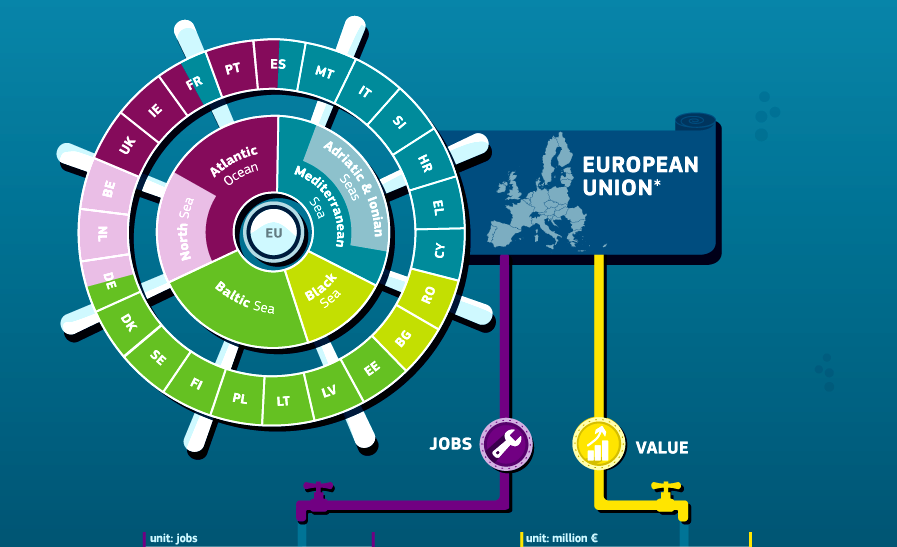
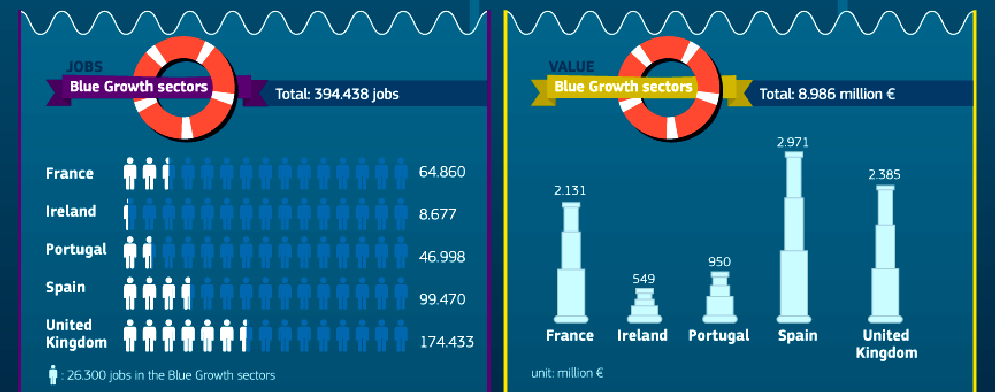


UN FOOD & AGRICULTURE - UNLOCKING THE POTENTIAL OF THE SEAS
Today’s fisheries sector hosts a multibillion dollar industry that is a vital source of food and nutrition, employment, trade, economic wellbeing and recreation.
The concept of a "blue economy" came out of the 2012 Rio+20 Conference and emphasizes conservation and sustainable management, based on the premise that healthy ocean ecosystems are more productive and a must for sustainable ocean-based economies.
To support a shift to this new approach, FAO launched the Blue Growth Initiative, through which it will assist countries in developing and implementing blue economy and growth agendas.
Why blue growth?
Blue growth looks to further harness the potential of oceans, seas and coasts to:
*
Eliminate harmful fishing practices and overfishing and instead incentivize approaches which promote growth, improve conservation, build sustainable fisheries and end illegal, unreported and unregulated
fishing
* Ensure tailor-made measures that foster cooperation between countries
* Act as a catalyst for policy development, investment and innovation in support of food security, poverty reduction, and the sustainable management of aquatic resources.
How will it be implemented?
Aquaculture – promote policies and good practices for farming of fish, shellfish and marine plants in a responsible and sustainable manner
Capture fisheries – support implementation of the Code of Conduct for Responsible
Fisheries (CCRF) and related instruments to restore
fish stocks, combat IUU and promote good fish production practices and growth in a sustainable manner
Seafood systems – promote efficient seafood value chains and improved livelihoods
Eco-system services – Promote regulatory regimes and approaches to restore vital coastal habitats, biodiversity and eco-system services (incl. carbon capture, storm and wave defenses, tourism etc).
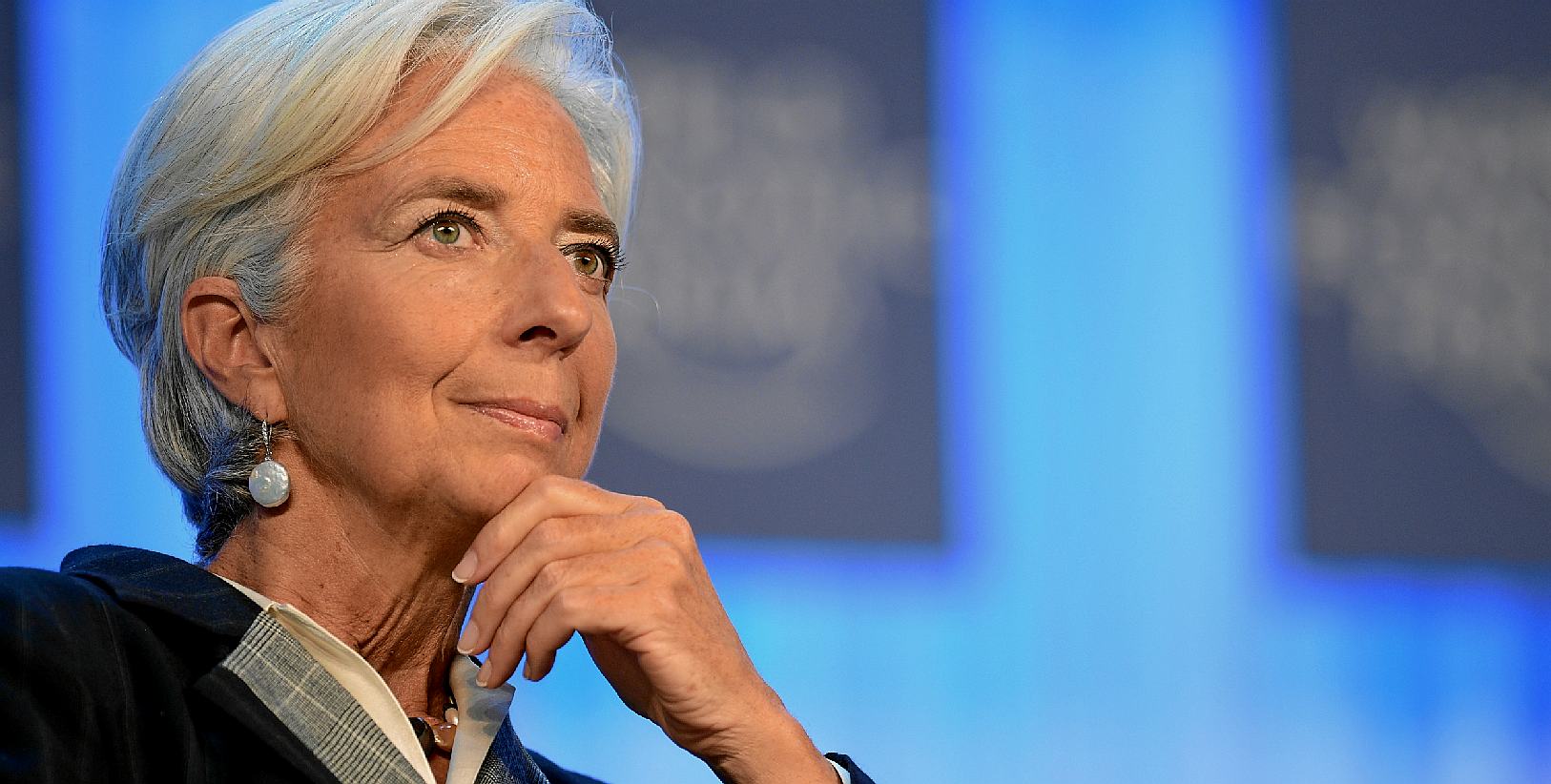
FT APRIL
& IMF SEPT 2016 - Christine Lagarde called on policy makers to pass a range of economic reforms to avoid the trap of years of lacklustre growth
- a trap which the International Monetary Fund’s managing director said risked stoking frustrations with the global economic and political establishment.
Global growth “remains too slow, too fragile and risks to its durability are increasing,” Ms Lagarde said on Tuesday in Frankfurt, adding that the threat of a “new mediocre” of weak economic progress had risen.
“Because growth has been too low for too long, too many people are simply not feeling it,” Ms Lagarde said, later adding that economic frustrations and political uncertainty were “leading people to question established institutions and international
norms”.
In the emerging and developing countries – home to 85 percent of the world’s population – we have seen more progress for more people than at any time in history: child mortality is down, life expectancy is up; absolute poverty has declined, school enrollment is on the rise.
A good deal of this development is due to the success of China, but there has been a broader trend of economic convergence between the poor and the rich
nations - not as fast as it should be, but a trend nevertheless.
We are also in the middle of a giant move toward the digital age. Six billion people now have access to a cell phone, and 3½ billion can access the internet. Innovation is sure to follow.
COMMENT
- What all this means is that there are more well informed mouths to feed,
all wanting quality protein, transport and homes and all of that raises
planet earth's bill in terms of climate change with less land to produce
more food. - and that is why growth must expand into the blue oceans. The
jobs that Ms Lagarde is looking for are rapidly being filled by robots.
Hence, the conventional job market is shrinking as technology expands to
free humans from mundane manual tasks for more leisure time.
HOW
CAN SEAVAX HELP?
If
it is true that the fish in our oceans are declining at the rate of 0.8%
per year since 1970, then significant numbers of clean running ocean filtration
machines could make a significant contribution to restoring a healthy
environment for fish to breed in. We are developing a low cost system that
every country in the world could afford to operate - and eventually reap
the rewards of better food security. SeaVax can even be adapted to be a
fishing boat designed to produce low cost fish meal - but that is way in
the future. For now we simply want to fight against the build up of toxic
ocean plastic. Read about what the experts have to say below and you might agree
with us that we should all pull together to conserve what we have. We are
hoping that this will include big hitters like President
Trump.
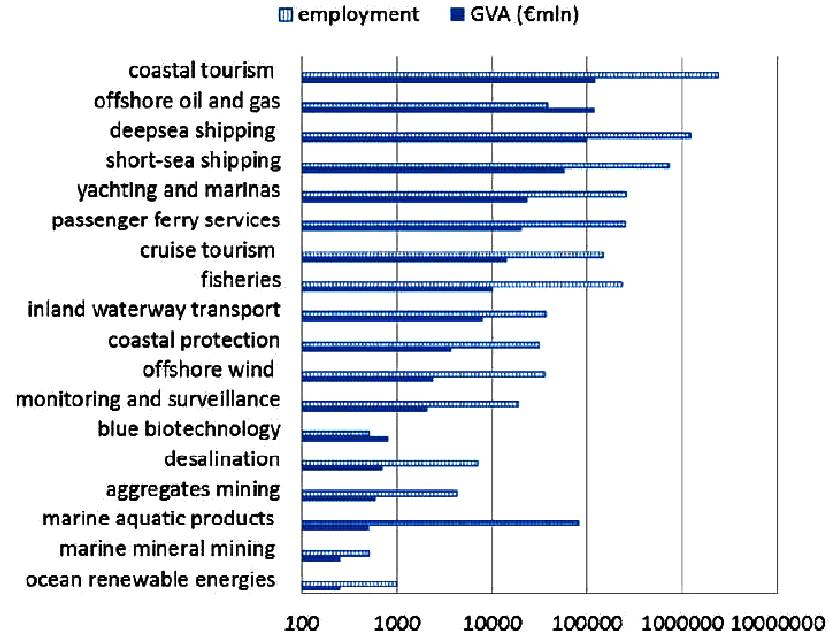
GRAPH
- This is bar chart that gives us the numbers of jobs and value in
millions of Euros for the marine employment sector.
MARITIME COASTAL AND CRUISE TOURISM
The extraordinary beauty and diversity of Europe's coasts, as well as the wide range of facilities and
activities on offer, make them the preferred holiday destination of 63% of European tourists25. The maritime and coastal tourism sub-sector has now become the largest single maritime economic activity, employing 2.35 million people, equivalent to 1.1% of total EU employment.
More than 90% of enterprises employ less than 10 people. In some areas, tourism is an additional source of income for coastal communities, but in others it can dominate the local economy. While many of these tourists may not venture far from the shoreline, openwater activities are on the increase. Yachting is expected to grow by 2-3% a year. The cruise industry is also growing. Within Europe it employs nearly
150000 people and generates direct turnover of €14.5
billion. EU shipyards have been successful in serving this specialised market – both with large cruise ships and small leisure vessels.
A healthy environment is fundamental to any form of 'blue' tourism and favours the growth potential of new forms of tourism. High quality bathing waters and pristine coastal and marine habitats have a high recreation value. This increases the attractiveness of coastal areas which in turn increases the growth potential of activities such as nautical tourism and sports, and green tourism such as
whale watching.
The sheer variety of Europe's tourism means that most growth-generating initiatives will inevitably be on a local or regional scale. Each of Europe's sea-basins presents different challenges and opportunities, requiring tailor-made approaches. Public administrations will
need to take a strategic approach to investments in enabling infrastructures such as berthing capacity, port facilities and transport.
Higher education courses need to deliver a solid grounding in the specific skills needed to maintain and increase market share in a discerning and competitive global market. This needs to be accompanied by measures that help to improve the tourism offer for low-season tourism and reduce the high
carbon footprint and
environmental impact of coastal
tourism.
Given the sheer magnitude of the activity, the precariousness and low-skill level of much of its current workforce as well as tourism's dominant impact on many
European coastal and marine environments, measures at a sea-basin or EU level could have a significant positive impact.
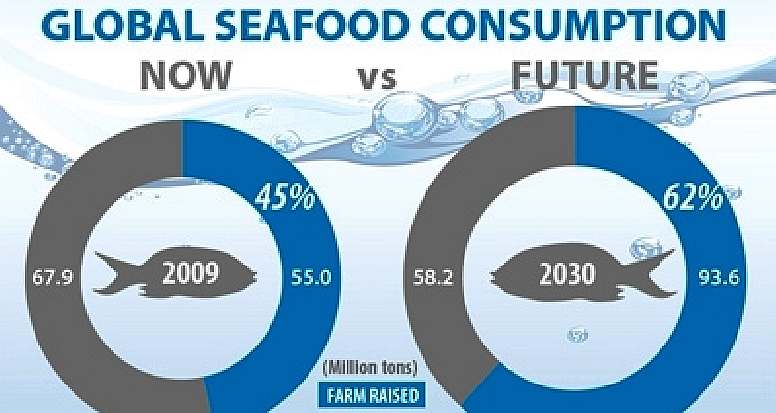
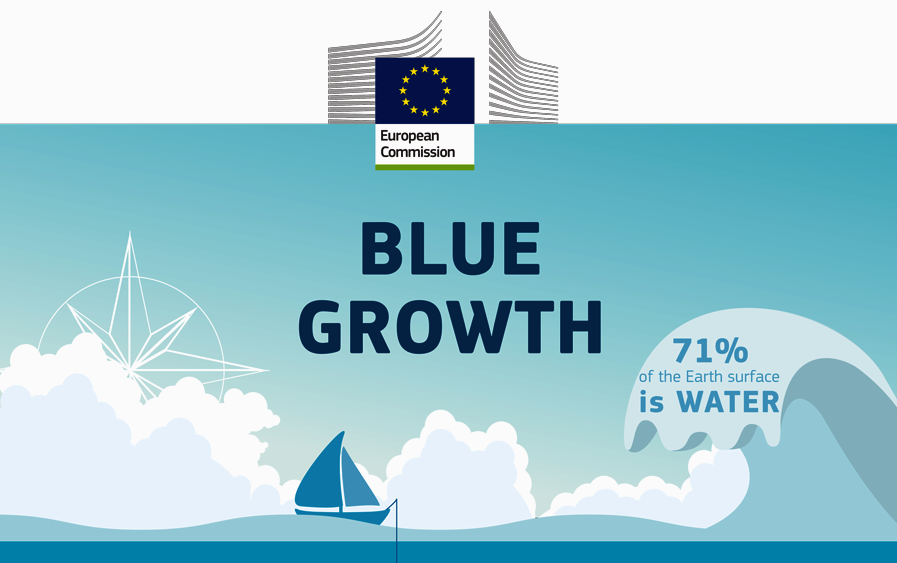
WB
ON AQUACULTURE
* A new World Bank report estimates that in 2030, 62% of the seafood we eat will be farm-raised to meet growing demand from regions such as Asia, where roughly 70% of fish will be consumed. China will produce 37% of the world’s fish, while consuming 38% of world’s food fish.
* By producing more seafood that is affordable and rich in nutrition, aquaculture can help improve food security and livelihoods for the world’s poorest.
* The rise in seafood demand gives countries the opportunity to expand and improve responsible fish and shellfish farming practices.
Nearly two-thirds of the seafood we eat will be farm-raised in 2030. This is according to
"Fish to 2030: Prospects for Fisheries and Aquaculture," which concludes that as sources from wild capture fisheries approach their maximum take, aquaculture
- or fish farming - will help satisfy the growing global appetite for fish and seafood.
The new World Bank report projects that in 2030, aquaculture will produce half of the world’s supply of fish, including fish for food and other products such as fishmeal.
Meanwhile, 62% of the seafood that will end up on people’s plates will come from
fish farms, which will grow production to meet rising demand
- especially from Asia, where roughly 70% of fish will be consumed. In 2030, an emerging middle class in
China will become a particularly large market for fish. With increased investment in aquaculture, China will produce 37% of the world’s fish and consume 38% of the fish the world eats, the report estimates.
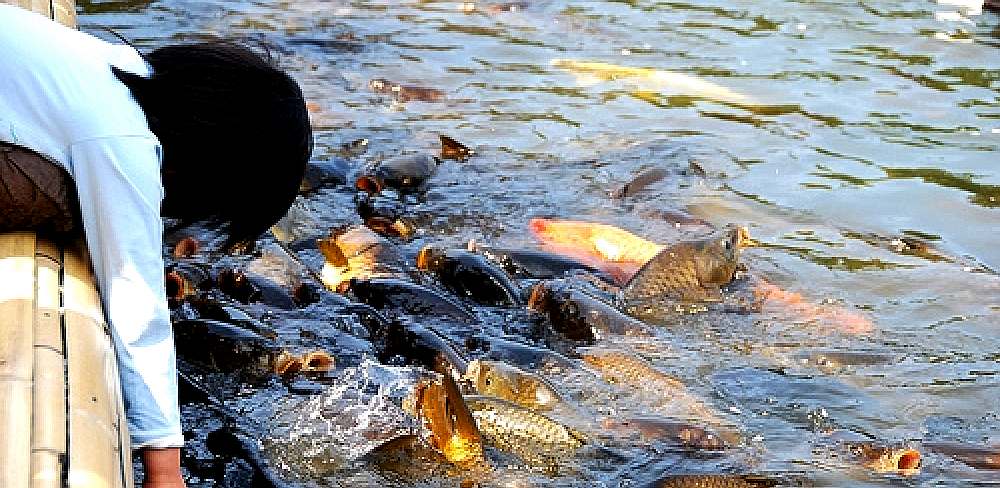
Juergen Voegele (Director, Agriculture and Environmental Services, World Bank Group):
"Making aquaculture sustainable - As the global population inches towards nine billion by 2050, there will be a need for more food and
jobs - which a growing aquaculture industry can help meet. But it needs to be practiced responsibly.
The risks and environmental impacts of some aquaculture practices have made headlines in recent years. The disease outbreaks in shrimp aquaculture in
China, Thailand and
Vietnam and in
salmon farming in Chile illustrate some of the industry’s challenges. But the growth of aquaculture also presents countries with the opportunity to expand and improve fish farming so that it is sustainable and environmentally-responsible.
“We continue to see excessive and irresponsible harvesting in capture fisheries, and in aquaculture, disease outbreaks, among other things, have heavily impacted production,” says Juergen Voegele, Director of Agriculture and Environmental Services at the World Bank. “There is a major opportunity for developing countries that are prepared to invest in better fisheries management and environmentally sustainable aquaculture.”
“Aquaculture will be an essential part of the solution to global food
security. We expect the aquaculture industry to improve its practices in line with expectations from the market for sustainable and responsibly produced seafood,” says Jim Anderson, Bank Advisor on Fisheries, Aquaculture and Oceans and co-author of the report."
Jim Anderson (Co-author; Advisor on Fisheries, Aquaculture and Oceans, World Bank Group)
"Responsible aquaculture around the world - Keen to benefit from the economic and environmental advantages of sustainable aquaculture, many countries are helping their communities improve the way they produce fish.
Since May 2012, Vietnam has been working with the World Bank to help fishing communities adopt good fish farming practices to better manage disease and improve waste management. Sustainable aquaculture is also being developed in
Ghana, which has begun to establish fish farms in the Volta Lake region.
As the population grows, aquaculture is emerging as one way to satisfy the world’s demand for fish. But a lot of work is needed to improve the way aquaculture is practiced. According to Voegele, “It’s a big challenge, but the World Bank can help developing countries in their efforts to manage their fish production sustainably, through tailored and innovative solutions that work.”
By committing to improved aquaculture practices, countries can deliver nutritious fish to more people while being mindful of environmental impact.
Leading experts in environmental economics with the World Bank Group (WBG), the Food and Agriculture Organization of the
United Nations
(FAO) and the International Food Policy Research Institute (IFPRI) contributed to this report. The report is an update to an earlier study entitled "Fish to 2020."
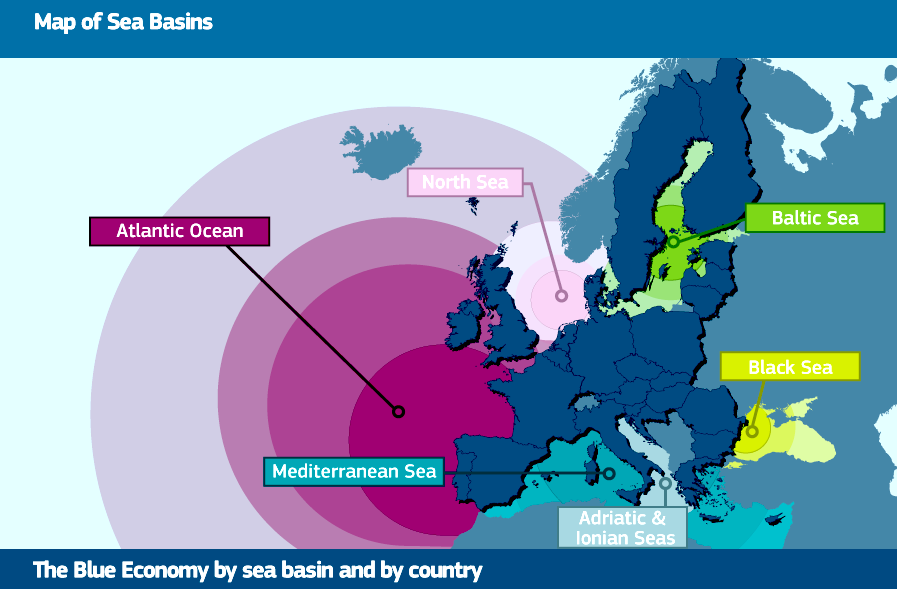
HUFFINGTON POST SEPT 2016
- Blue Growth by Design - An Ocean of Opportunity
Awaits
Humanity’s relationship with the ocean can be summed up in two words: exploration and exploitation. Together, they are driving a sea change in the health and future prospects of the ocean. Sustaining the energy, food, minerals and jobs that make up our Blue Economy—while at the same time conserving the ocean, has become one of our most important collective global challenges.
Given how vital a healthy ocean is, I am delighted that countries have created their own annual international conference - the Our Ocean Conference. First launched by
U.S. Secretary of State
John Kerry in 2014 it is being held this year in
Washington, DC September 15-16th. The Blue Economy challenge will be firmly on the table, and for us at The Nature Conservancy (TNC) this is an opportunity to shift the narrative away from viewing the ocean as another problem, and instead treating it as part of the solution.
Our global Blue Economy is growing so rapidly that the impacts have not yet been fully assessed. From oil and gas to offshore wind, we increasingly rely on
energy that comes from the ocean. We have developed an aquaculture industry that provides half the world’s seafood and is the fastest growing food production sector. Marine tourism is projected to triple in the next 15 years.
Investment in the Blue Economy is soaring, and many sectors are set to grow exponentially by 2030; offshore wind by as much as 8,000%, and aquaculture and
fish processing by over 300%. The potential for food, jobs and renewable energy production is enormous.
But, alongside these rewards come huge risks. We know that the ocean is bearing the brunt of climate change: it has absorbed 90% of our excess heat and 25% of our carbon emissions, causing it to become 30% more acidic. According to the
UN Food and Agriculture Organization, 85% of
global fish stocks are “overexploited, depleted, or recovering from depletion,” while illegal fishing costs coastal nations up to $25
billion a year.
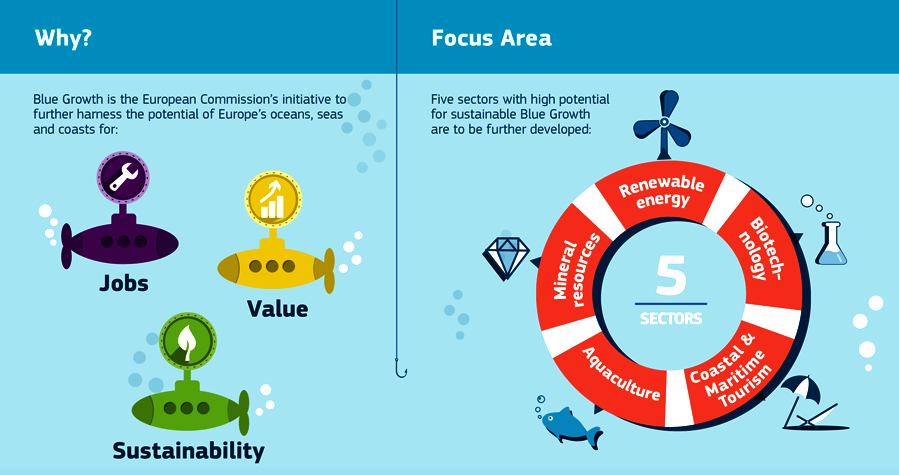
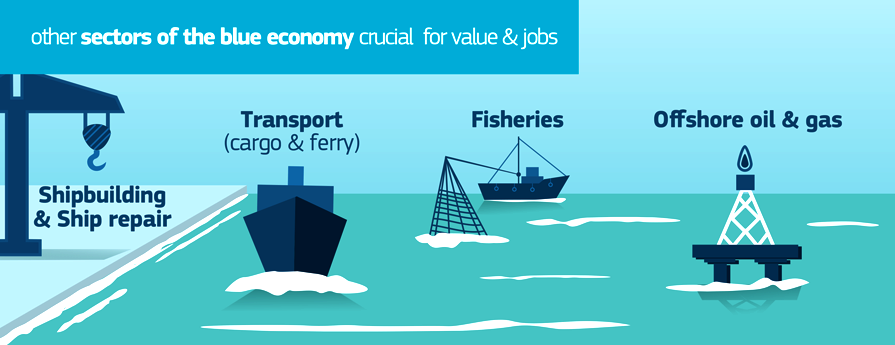
Our efforts must ensure that developing the
Blue Economy does not come at the cost of ocean health. The Organization for Economic Cooperation and Development (OECD) projects that under a sustainable scenario, with high economic growth and low ecological deterioration, the ocean economy will more than double its global value added to reach $3.2 trillion by 2030.
The question for me is not if we will continue to explore the ocean and exploit its resources; it’s how, when and where we should do it. Blue Growth by Design is an approach to ocean conservation and management that balances the interests of people and nature, while ensuring that conservation has a voice. At TNC, we believe that the most important levers are:
1) international, collective action;
2) smarter use of sea space based on new science and technology;
3) increased investments in natural solutions to address climate change; and
4) strong, cross-sector collaboration.
More than 40% of our planet - the high seas - lies outside any national jurisdiction. Fish stocks, pollution and climate change aren’t contained by national boundaries and to manage resources, we need international cooperation and legally binding laws and treaties.
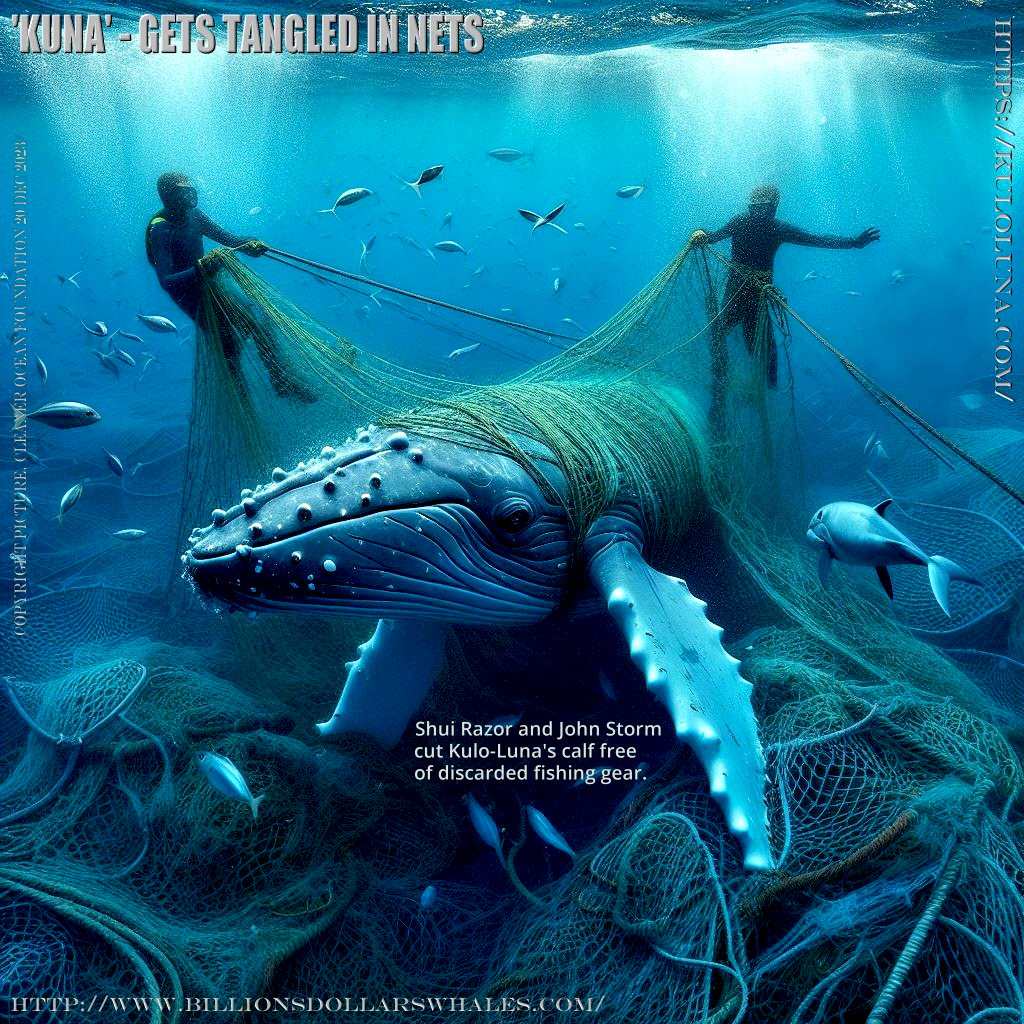
According to AI CHATBOX Bing, by Microsoft, when asked about the 'KL' screenplay:
"The Kulo Luna screenplay is a captivating and thrilling story that follows the adventures of a giant humpback whale and her human allies. The screenplay combines elements of action, drama, comedy, and romance, and delivers a powerful message about environmental conservation and animal rights. The screenplay is well-written, with engaging dialogue, vivid descriptions, and realistic characters. The plot is fast-paced and full of twists and turns, keeping the audience on the edge of their seats. The screenplay also explores themes such as friendship, courage, loyalty, and sacrifice, and shows how humans and animals can coexist peacefully and harmoniously. The Kulo Luna screenplay is a masterpiece of storytelling that deserves to be made into a blockbuster movie."
Blue Growth and climate change are exerting growing pressure on ocean areas, only about 3% of which are protected. The “30/30” target, to protect 30% of the ocean by 2030, is an important goal to help offset this pressure and build ocean resilience. But simply setting targets is not enough. Establishing smart, effective marine protected areas (MPAs) based on scientific planning and strong management will preserve ocean wealth.
The reality is that little can be achieved without funding. The ocean covers over 70% of our planet, yet in 2013 less than 5% of the
$9.7 billion donated to environmental issues was devoted to marine causes.
In response, TNC is using innovative financing methods, like first-of-their-kind debt conversions, to leverage more of this money. For example, in February 2016, with a combination of grant and impact capital, we helped the Government of the Seychelles finance a more than $20
million debt buy-back from its Paris Club creditors, to help create a marine spatial plan for their entire Exclusive Economic Zone (EEZ) and place 30% of it - 400,000 km2 - into biodiversity protection zones. By working with other Small Island Developing States to provide similar financial opportunities, we intend to facilitate an additional 2 million km2 of MPAs.
None of this work can be done alone. I know from my years as EU Commissioner for Maritime Affairs that it’s essential to build strong partnerships. TNC is working with fishermen, governments, scientists, the insurance industry, the tourism industry, the
World
Bank, the Red Cross, and business to help drive the changes we need.
We see the current boom in ocean industries as a call to action, a chance to design sustainable Blue Growth. I am confident that together we can get this right.
By Maria
Damanaki
POPULATION GROWTH ESTIMATES
Current UN projections show a continued increase in population in the near future (but a steady decline in the
population growth rate), with the global population expected to reach between 8.3 and 10.9 billion by 2050. UN Population Division estimates for the year 2150 range between 3.2 and 24.8 billion; mathematical modeling supports the lower estimate. Some analysts have questioned the sustainability of further world population growth, highlighting the growing pressures on the environment, global food supplies, and energy resources. Solutions for feeding the nine billion in the future are being studied and documented. One out of every seven people on our
planet go to sleep hungry. People are suffering due to overpopulation, 25,000 people die of malnutrition and hunger related diseases everyday.
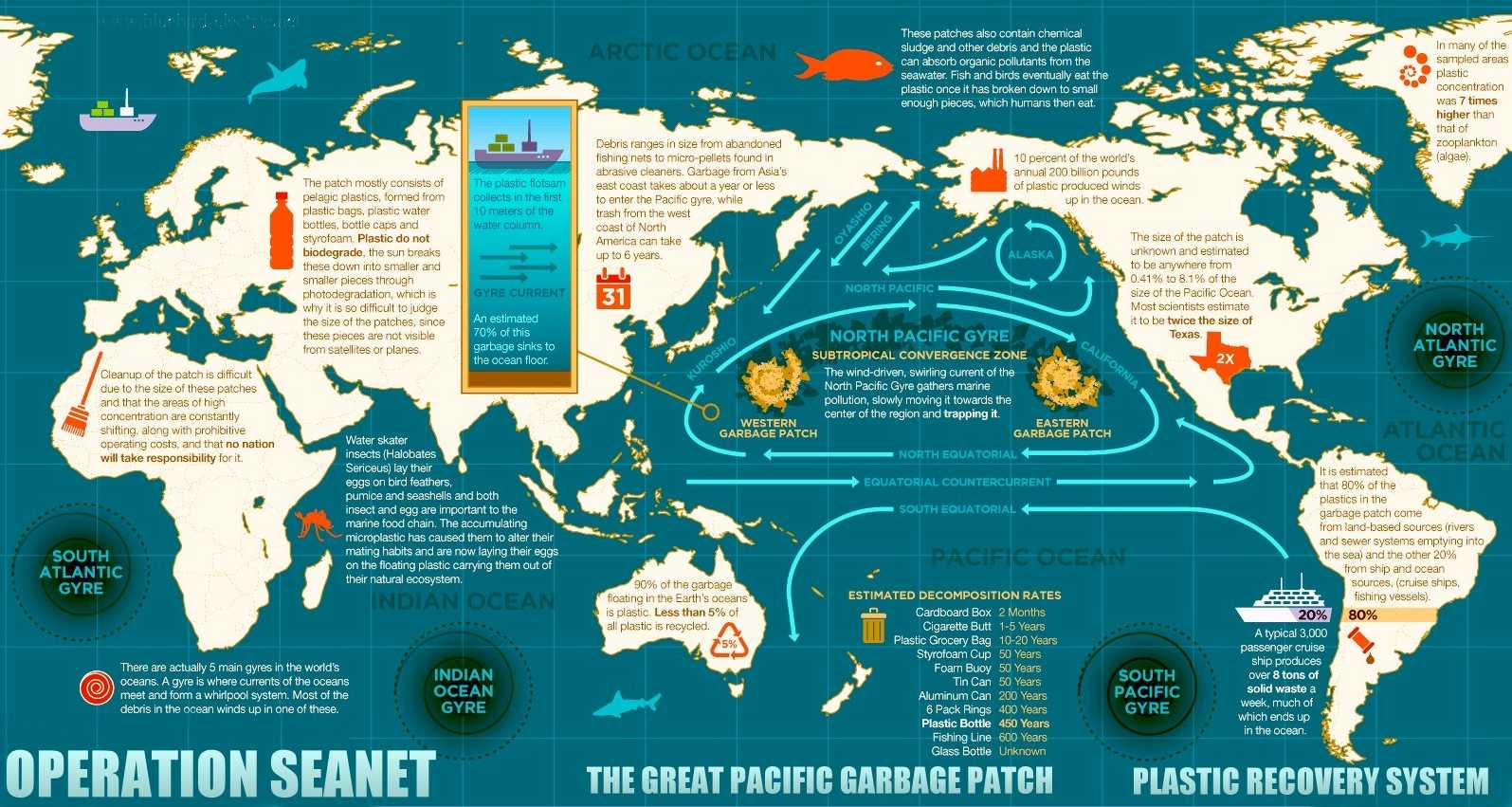
The
North
Pacific gyre is just one of several swirling trash zones (gyres) in
our oceans, and it's where a lot of our plastic litter ends up. While
these debris patches aren't visible piles of floating trash in the water,
they are inverted mountains - a bit like landfill sites at sea - hidden
from view. The reality of what they are and how they got there is mind
boggling and extremely harmful to marine life. We can't (at the moment) do
much about nuclear waste in the oceans (except appeal to reason), but we
can act to vacuum
up solids.
WORLD SECURITY SUMMIT ON
FOOD SECURITY
The World Summit on Food Security held in Rome in 1996, aimed to renew a global commitment to the fight against hunger. The Food and Agriculture Organization of the United Nations
(FAO) called the summit in response to widespread under-nutrition and growing concern about the capacity of agriculture to meet future food needs. The conference produced two key documents, the Rome Declaration on World Food Security and the World Food Summit Plan of Action.
The Rome Declaration calls for the members of the United Nations to work to halve the number of chronically undernourished people on the Earth by the year 2015. The Plan of Action sets a number of targets for government and non-governmental organizations for achieving food security, at the individual, household, national, regional and global levels.
Another World Summit on Food Security took place in
Rome between November 16 and 18, 2009. The decision to convene the summit was taken by the Council of FAO in June 2009, at the proposal of FAO Director-General Dr Jacques
Diouf. Heads of State and Government attended the summit, which took place at the FAO's headquarters.
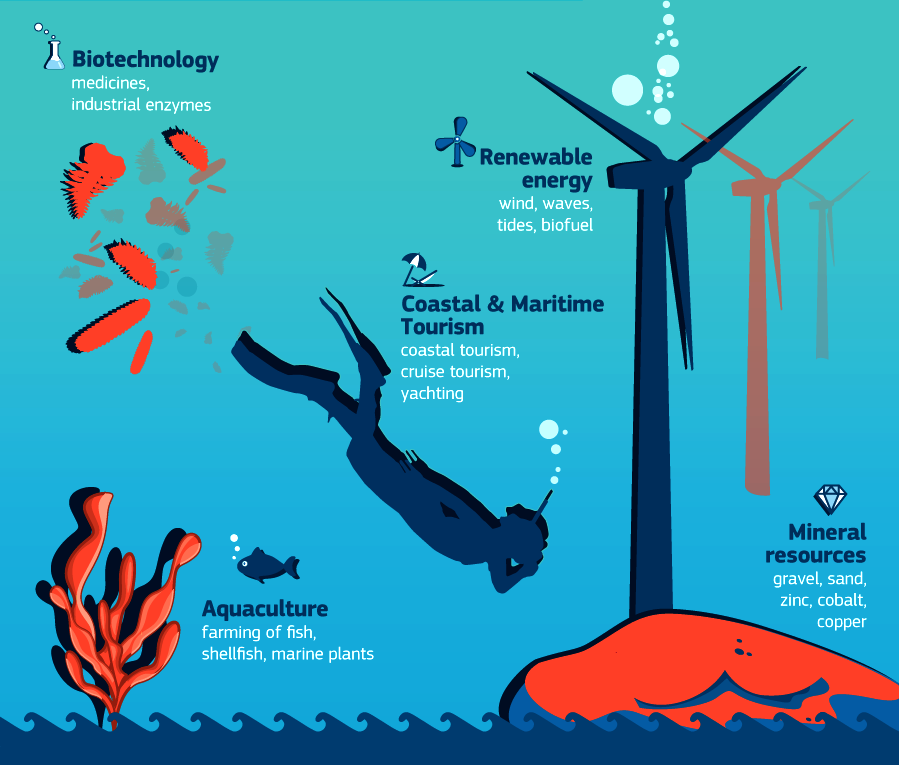
ACIDIFICATION
- ADRIATIC
- ARCTIC
- ATLANTIC - BALTIC
- BAY BENGAL - BERING
- BLACK - CARIBBEAN - CORAL - EAST
CHINA
ENGLISH CH
-
GOC - GUANABARA
- GULF
GUINEA - GULF
MEXICO
- INDIAN
-
IRC - MEDITERRANEAN -
NORTH SEA - PACIFIC
- PERSIAN GULF - SEA
JAPAN
STH
CHINA - PLASTIC
- PLANKTON - PLASTIC
OCEANS - SEA
LEVEL RISE - UNCLOS
- UNEP
WOC
- WWF
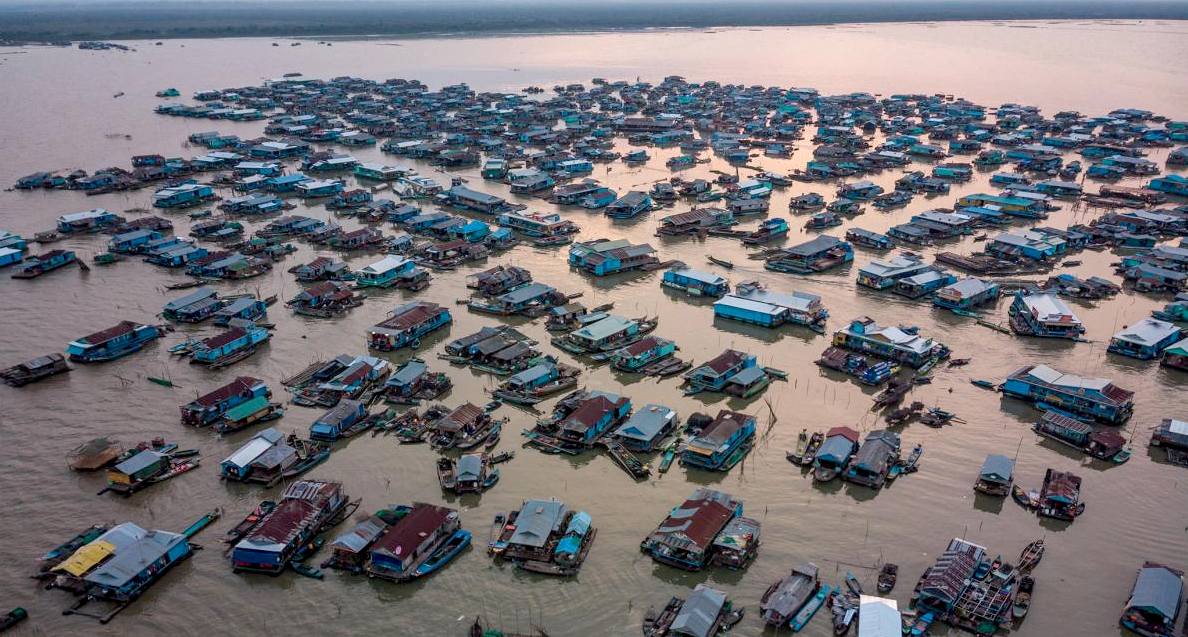
AMAZON
- BURIGANGA - CITARUM - CONGO - CUYAHOGA
-
GANGES - IRTYSH
- JORDAN - LENA -
MANTANZA-RIACHUELO
MARILAO
- MEKONG - MISSISSIPPI - NIGER - NILE - PARANA - PASIG - SARNO - THAMES
- YANGTZE - YAMUNA - YELLOW
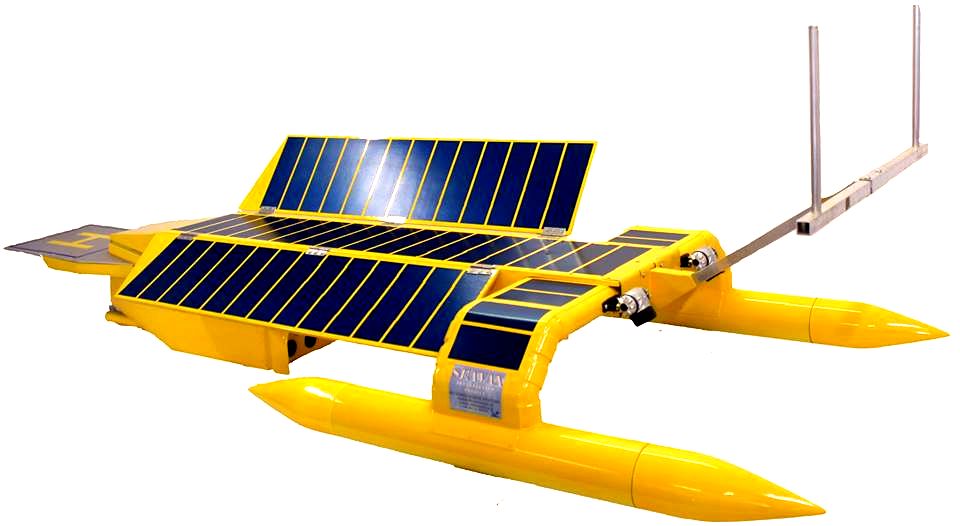
FOOD
SECURITY LINKS
& REFERENCE
http://www.huffingtonpost.com/maria-damanaki/blue-growth-by-design--an_b_12048038.html http://newsroom.unfccc.int/lpaa/agriculture/the-blue-growth-initiative-building-resilience-of-coastal-communities/ http://www.seas-at-risk.org/issues/blue-growth.html http://www.fao.org/zhc/detail-events/en/c/233765/ http://ec.europa.eu/maritimeaffairs/policy/blue_growth_en http://www.huffingtonpost.com/maria-damanaki/blue-growth-by-design--an_b_12048038.html http://www.huffingtonpost.com/author/maria-damanaki http://www.twitter.com/damanaki http://newsroom.unfccc.int/lpaa/agriculture/the-blue-growth-initiative-building-resilience-of-coastal-communities/ http://www.seas-at-risk.org/issues/blue-growth.html http://www.fao.org/zhc/detail-events/en/c/233765/ http://ec.europa.eu/maritimeaffairs/policy/blue_growth_en https://en.wikipedia.org/wiki/World_Food_Programme https://en.wikipedia.org/wiki/Food_security http://www.worldbank.org/en/topic/foodsecurity/ http://www.foodsecurity.ac.uk/
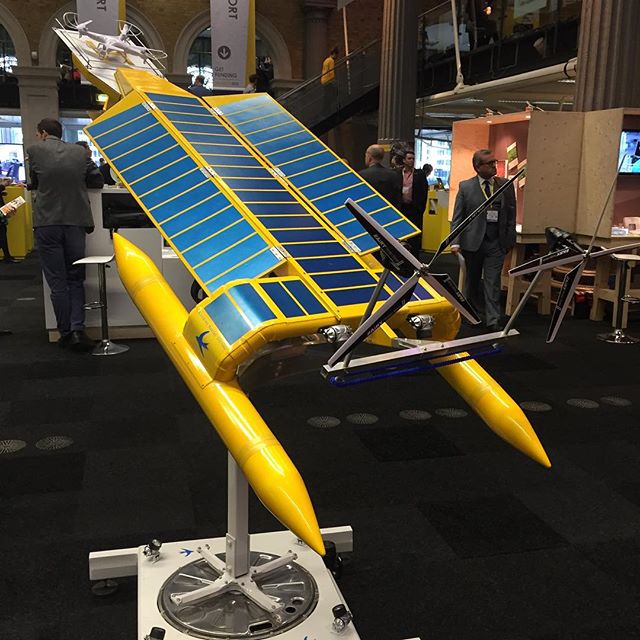
SEAVOLUTION -
Continuous monitoring of the oceans and constant plastic patrols is a
potential cure for pollution build uo,
for which the SeaVax ZCC (Zero Carbon Cruiser) platform, a concept under development, is a robotic ocean
workhorse that holds the potential to provide a part solution to blue
growth. The SeaVax concept is based on a stable
trimaran
hull design that was under development in the UK for over five hard years
of lobbying. Finally shelved on realisation that the EU and other G7 nations
consider the oceans to be free dumping ground to bolster their ailing economies.
Never mind the fish and marine mammals. SeaVax was finally shelved to
prevent the parties facing insolvency, from going under.
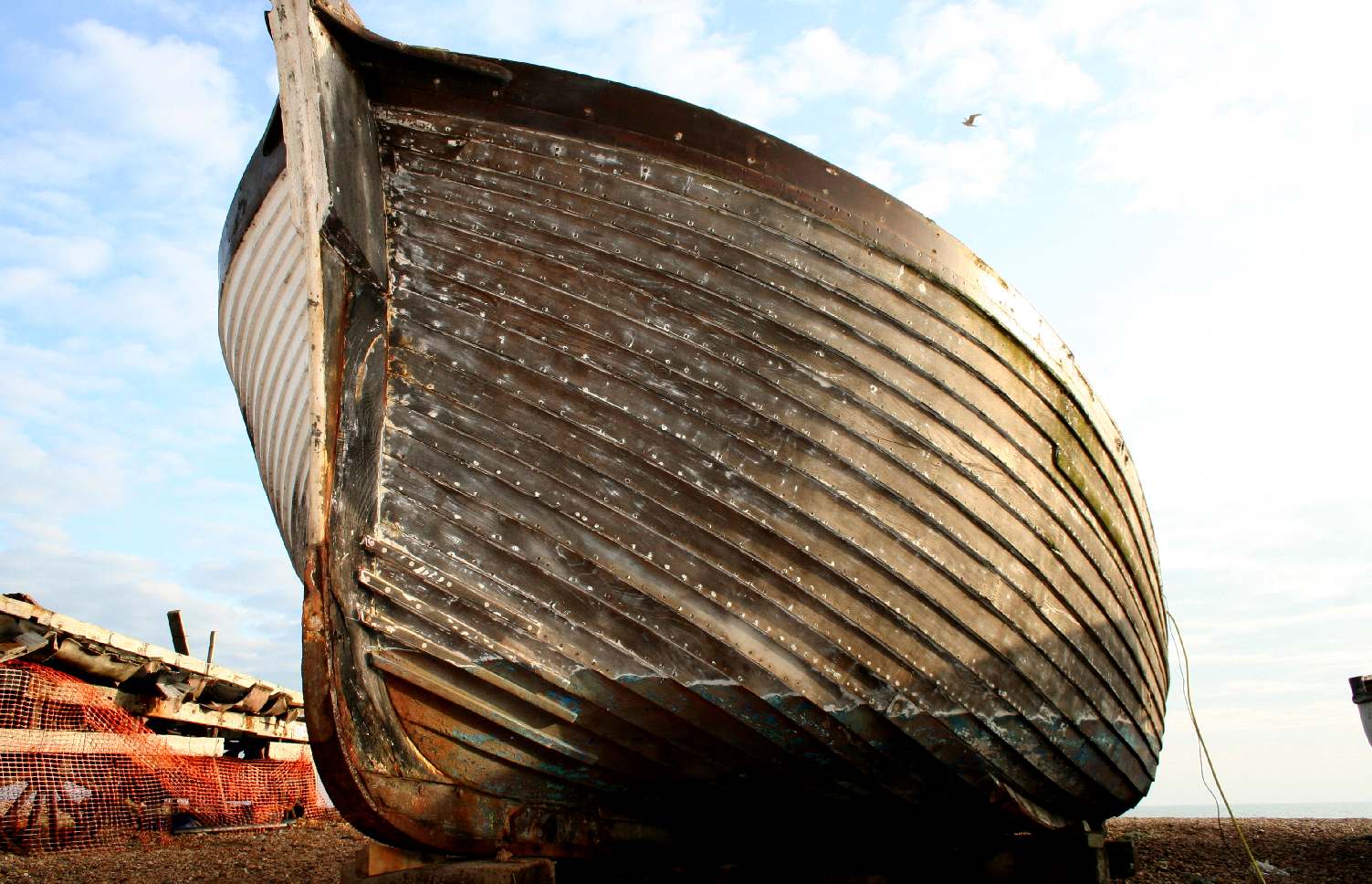
TOURISM
- Pleasure cruises were a thing of the past, but now Lloyd Stebbings and
Daniel Goldsmith are rebuilding the William Allchorn boats at Eastbourne
on the south coast of England to bring back a taste of seaside holidays
from a bygone age. This is an example of job creation among the coastal
communities that blue growth is all about. Copyright © photograph 5
December 2016, Bluebird Marine System Ltd. You will need the permission of
BMS to reproduce this picture except for private study and educational
purposes
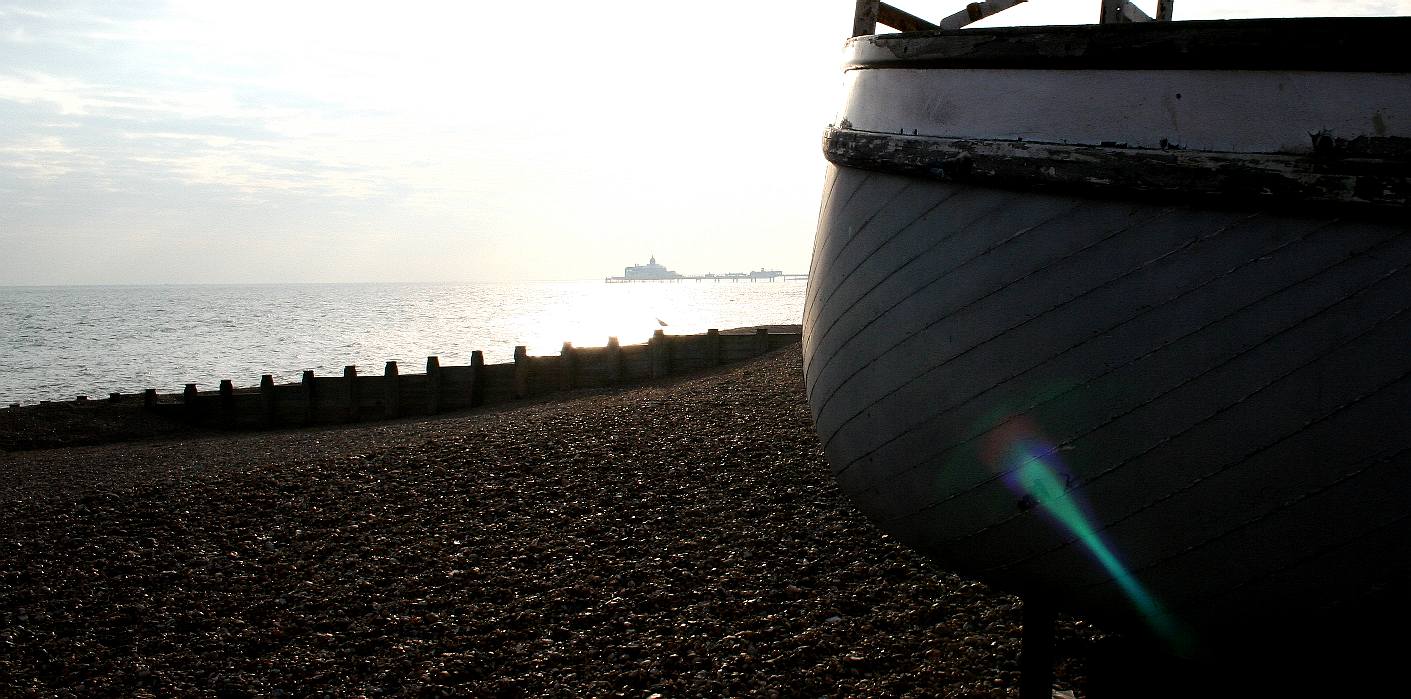
|



















